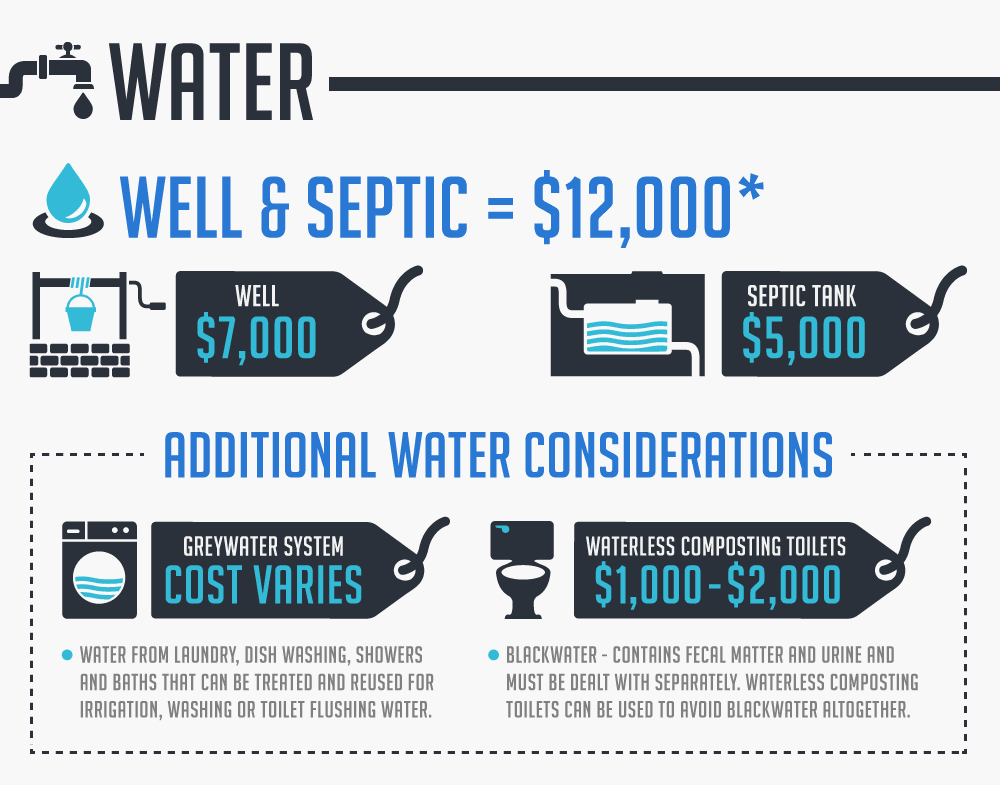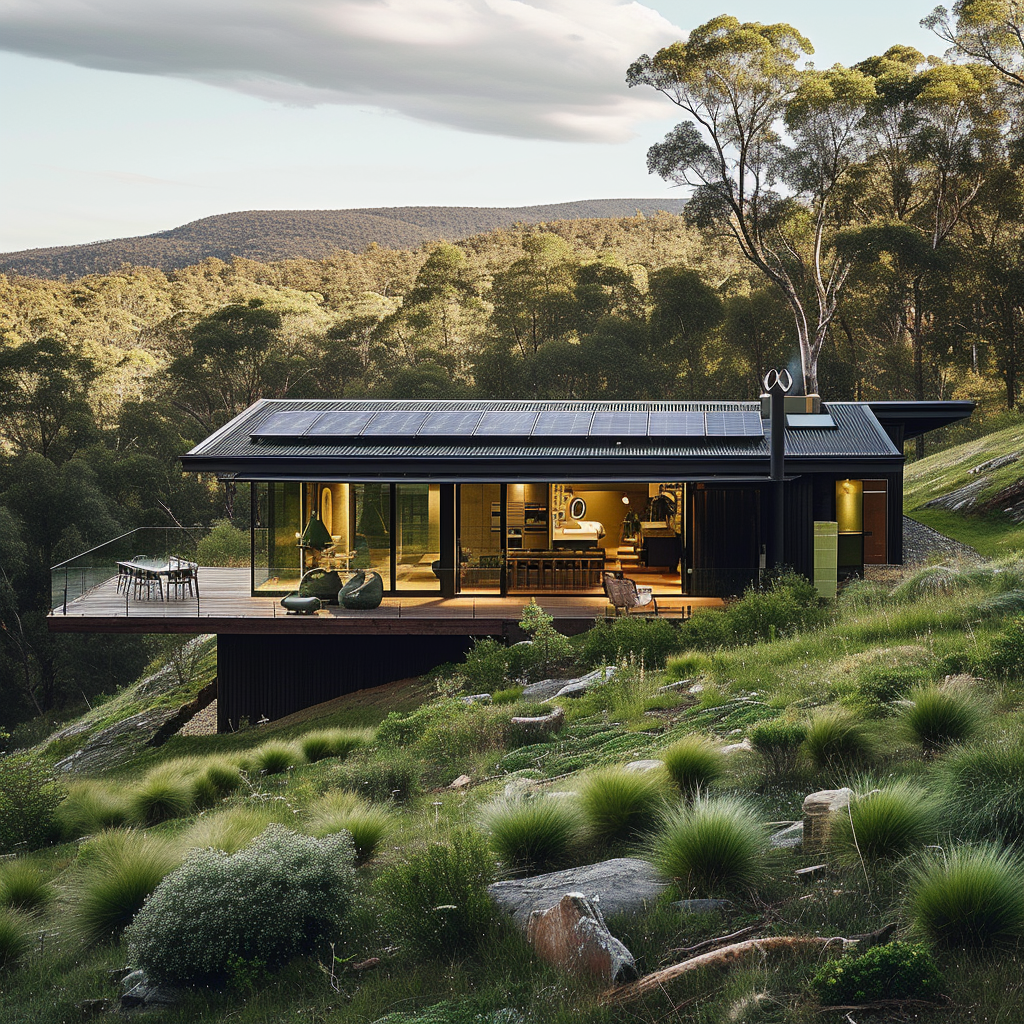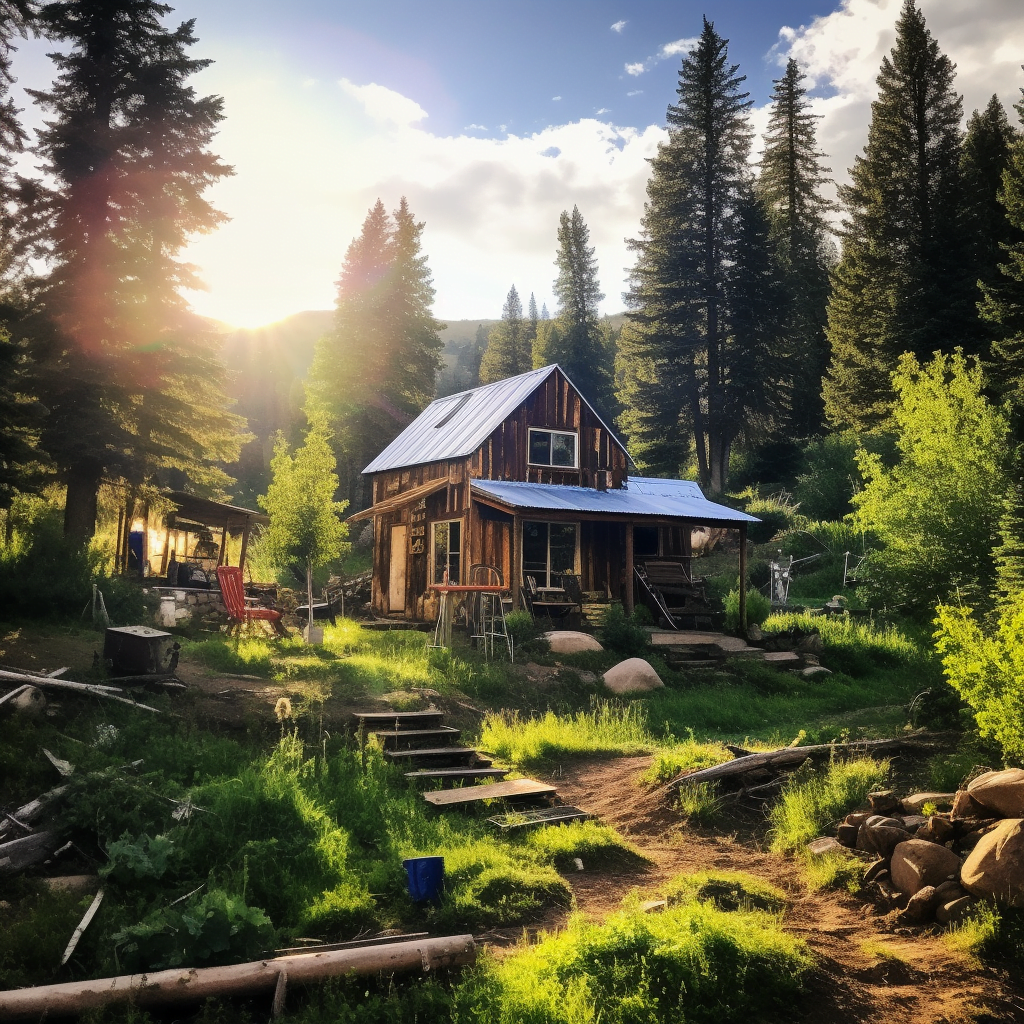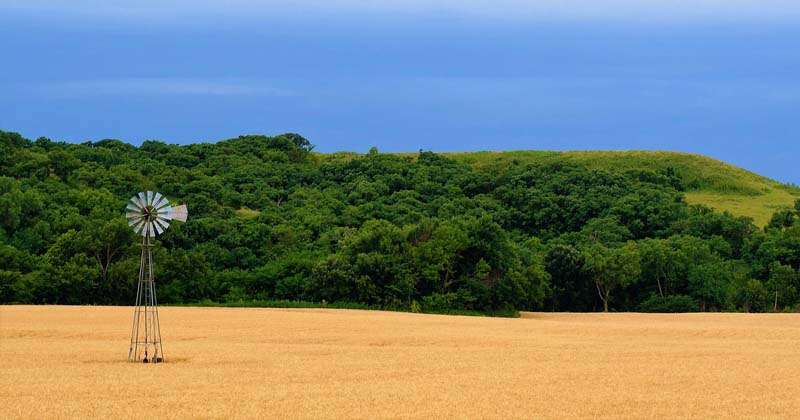Living off the grid may seem like an idyllic dream, but what is the actual cost of this alternative lifestyle? Well, the price tag hovers around $38,095. This includes expenses such as agricultural land, building a homestead, installing solar panels, water harvesting, a septic system, greenhouse, chicken coop, and gardening. One way to keep costs low is by building your own homestead, a popular choice for many off-grid dwellers. However, the initial investment can provide significant long-term savings on utility bills and other expenses tied to traditional grid-based living. The total cost can vary depending on location, lifestyle choices, and individual needs. It’s essential to follow building codes and regulations while constructing an off-grid home, and many people start by living in temporary shelters like RVs or improvised tents while working on their homesteads. Gardening, farming, and DIY construction skills are often a must for a successful off-grid lifestyle.
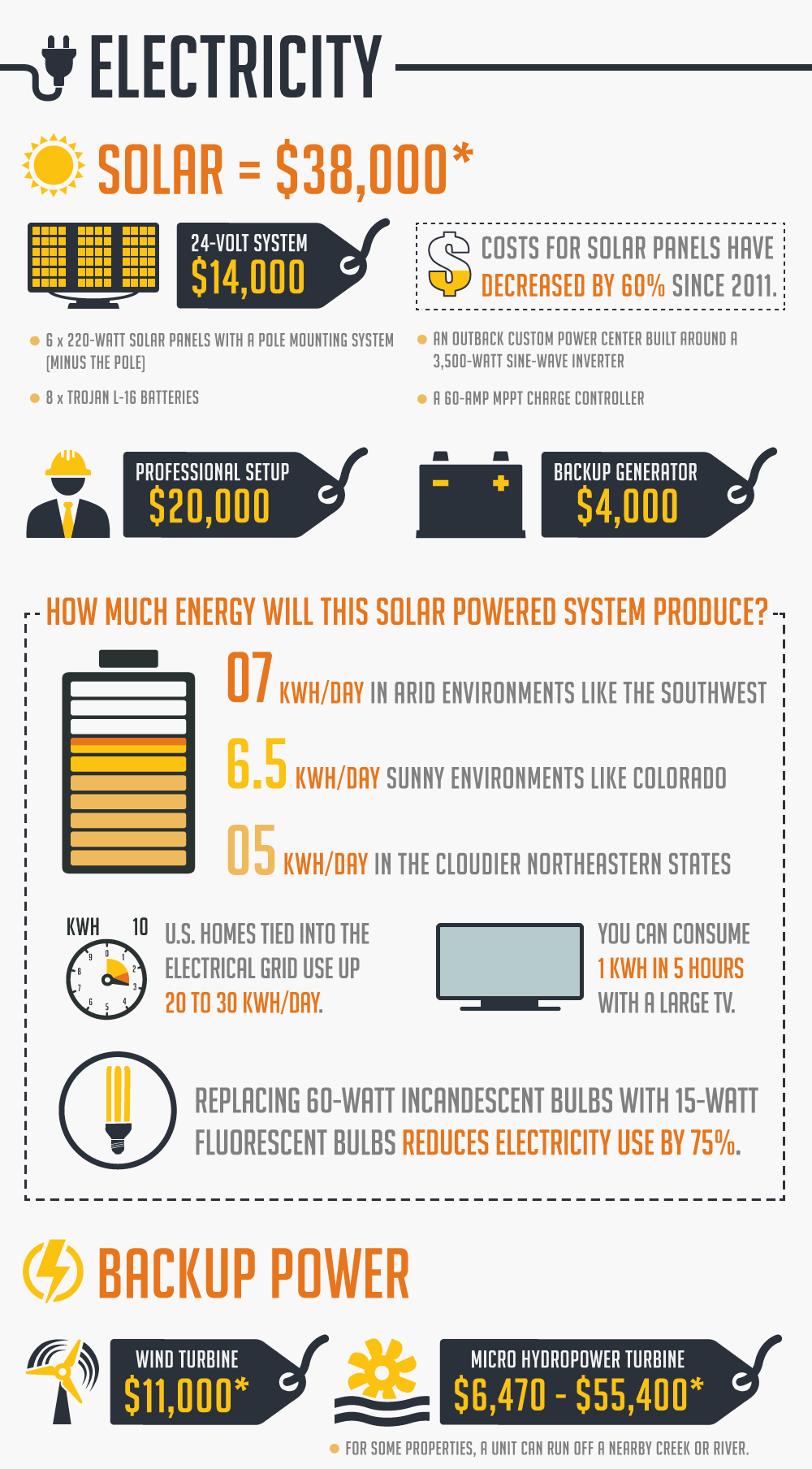
Homestead Expenses
Living off the grid can be an exciting and rewarding lifestyle choice, but it does come with its fair share of expenses. In this article, we’ll break down the key expenses you can expect when building and maintaining your own off-grid homestead.
Agricultural Land
One of the first expenses you’ll encounter when starting your off-grid journey is purchasing agricultural land. The cost of land can vary greatly depending on location and size. On average, you can expect to spend around $8,000 for 4 acres of agricultural land. This provides you with enough space to grow your own food and potentially even raise livestock.
Building a Homestead
After securing your land, the next step is building your homestead. This is where the bulk of your expenses will come into play. The cost of constructing a basic off-grid home can range from $10,000 to $30,000. However, many off-gridders opt for a more affordable approach by building their own homes using salvaged materials or alternative construction methods. This can significantly reduce costs while still providing a comfortable living space.
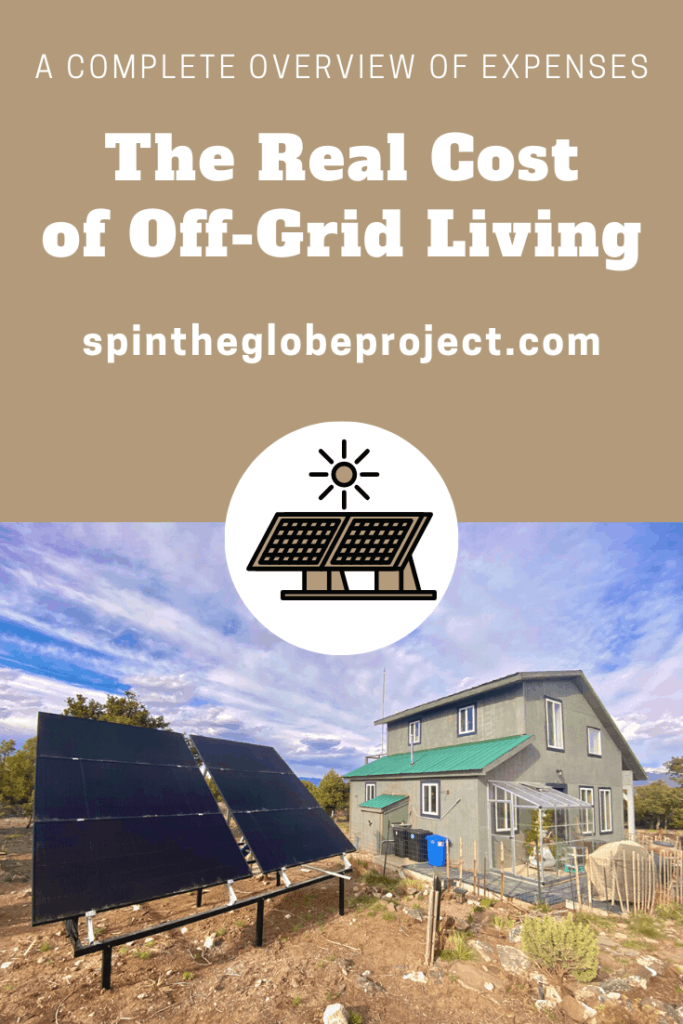
Energy Expenses
When living off the grid, generating your own energy is crucial. Let’s explore the expenses associated with setting up a reliable off-grid energy system.
Solar Panels
Solar panels are a popular and environmentally friendly choice for off-grid energy generation. The cost of installing solar panels can vary depending on the size of your system. On average, you can expect to spend around $7,000 for a 3kW solar panel system. While the initial investment may seem hefty, solar panels can provide you with free energy for many years to come, reducing your reliance on grid-based electricity.
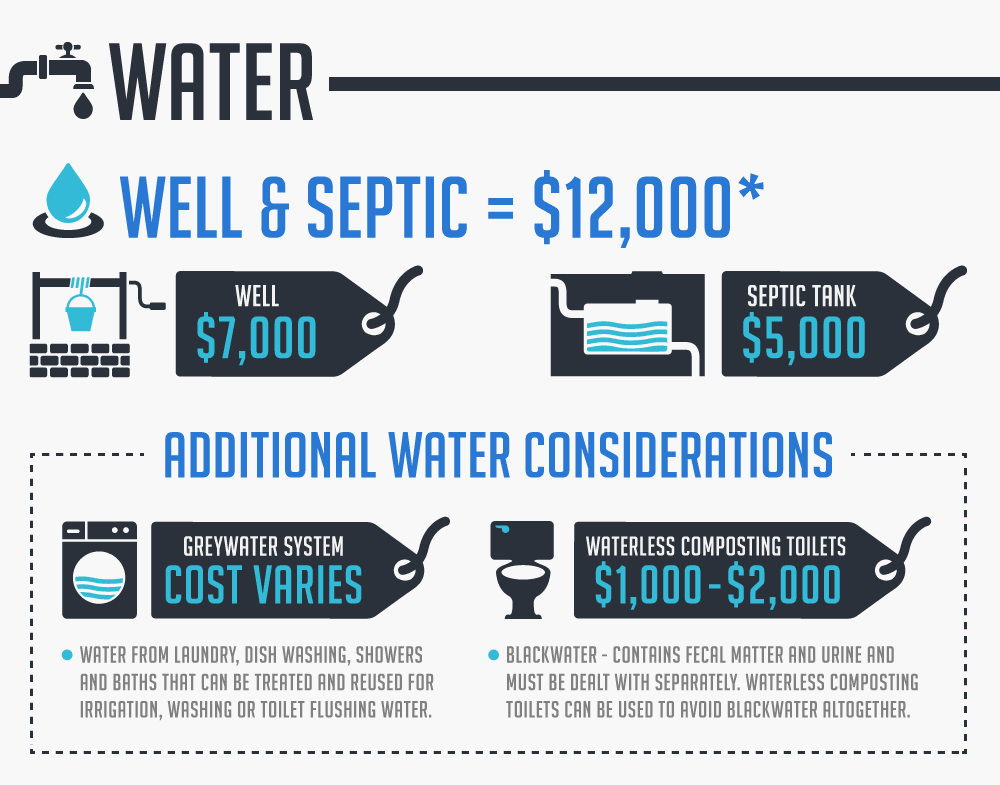
Water Expenses
Access to clean water is essential for any homestead. Here are the main expenses to consider when it comes to securing a reliable water source.
Water Harvesting
Rainwater harvesting is a cost-effective and sustainable solution for obtaining water on your homestead. Setting up a basic water harvesting system can cost as little as $10. This includes purchasing rain barrels or storage tanks to collect rainwater from your roof. It’s an excellent way to reduce your dependence on conventional water sources and minimize your water bills.
Septic System
Proper waste management is crucial for off-grid living. Installing a septic system on your homestead can cost around $800. This includes the materials and labor required to construct a basic septic system. It’s important to follow local regulations and guidelines when installing a septic system to ensure proper sanitation and environmental protection.
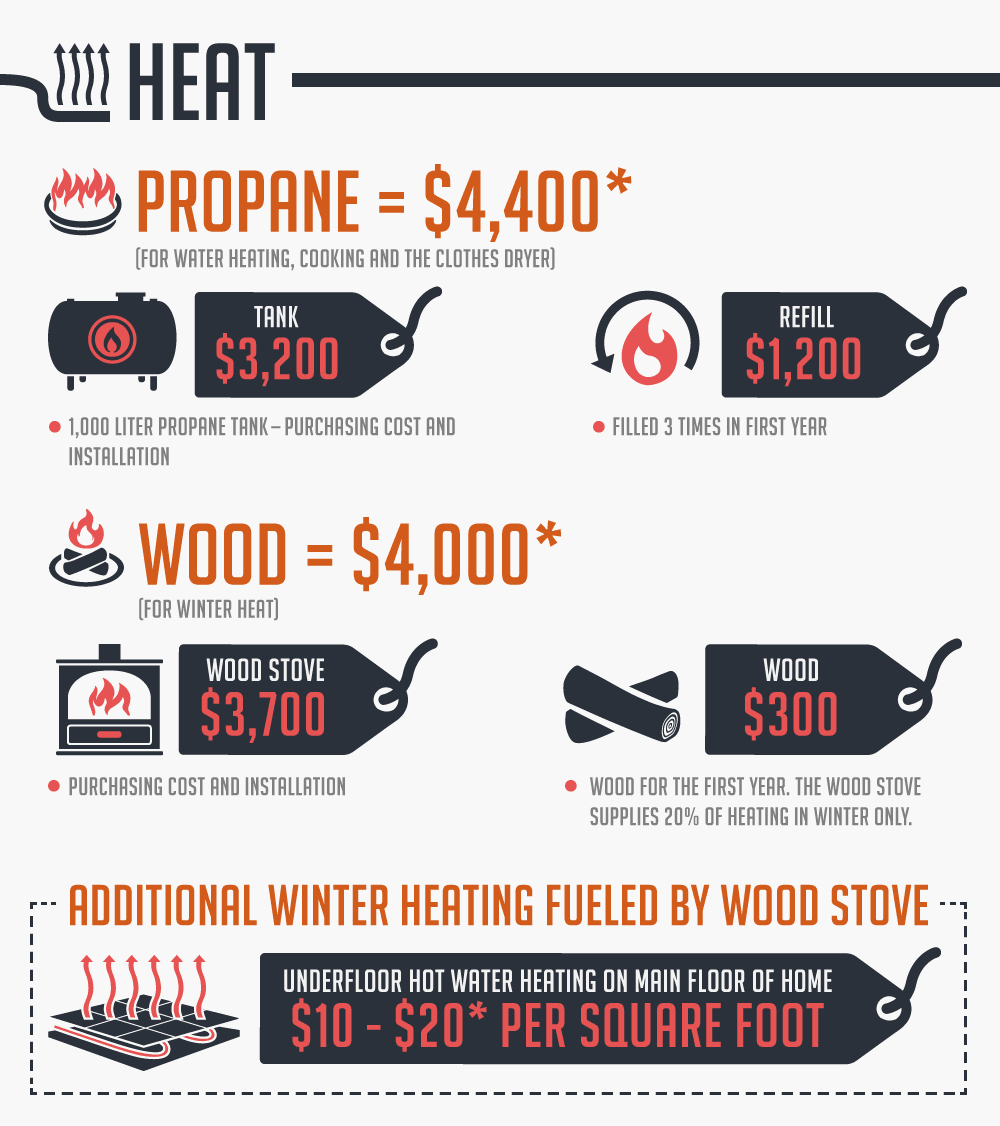
Additional Expenses
Beyond the essential components of an off-grid homestead, there are additional expenses to consider to enhance your self-sufficiency and comfort.
Greenhouse
If you’re interested in year-round gardening, investing in a greenhouse can be a great option. The cost of a greenhouse can range from $50 to $200, depending on its size and construction materials. A greenhouse allows you to extend your growing season and protect your plants from harsh weather conditions, maximizing your food production.
Chicken Coop
Raising chickens is a common practice among off-gridders. Not only do chickens provide a sustainable source of eggs and meat, but they also help with pest control and provide fertilizer for your garden. Building a basic chicken coop can cost around $50. This includes the materials needed to construct the coop and provide a comfortable living space for your feathered friends.
Gardening
Growing your own food is one of the primary motivations for living off the grid. Setting up a basic garden can cost as little as $35. This includes purchasing seeds, gardening tools, and basic irrigation supplies. By growing your own fruits and vegetables, you can significantly reduce your grocery bills and have access to fresh, organic produce.

Savings on Utility Bills
While the initial expenses of living off the grid may seem daunting, the long-term savings can be substantial. Let’s explore some of the ways in which off-grid living can lead to significant cost savings.
Gardening
By growing your own food, you can substantially reduce your grocery bills. The cost of fresh produce can quickly add up, especially if you prefer organic options. By having a productive garden, you can enjoy a wide variety of fruits, vegetables, and herbs without having to rely on expensive grocery store purchases.
Farming
If you have enough land, you can further enhance your self-sufficiency by raising livestock and farming. By producing your own meat, milk, or eggs, you can eliminate the need to purchase these items from stores. Not only will this lead to significant savings, but it also allows you to have greater control over the quality and sustainability of your food.
DIY Construction
Many off-gridders embrace a do-it-yourself approach when it comes to construction and maintenance. By developing skills in basic carpentry, plumbing, and electrical work, you can save a considerable amount of money on hiring professionals. Being able to handle repairs and construction projects yourself is not only cost-effective but also empowers you to be more self-reliant.
In conclusion, living off the grid may come with its fair share of expenses, but it also offers the potential for significant cost savings in the long run. By carefully planning and budgeting for expenses such as land, construction, energy, water, and additional amenities, you can create a self-sustaining homestead that not only reduces your dependence on the grid but also helps you live a more sustainable and fulfilling lifestyle.

